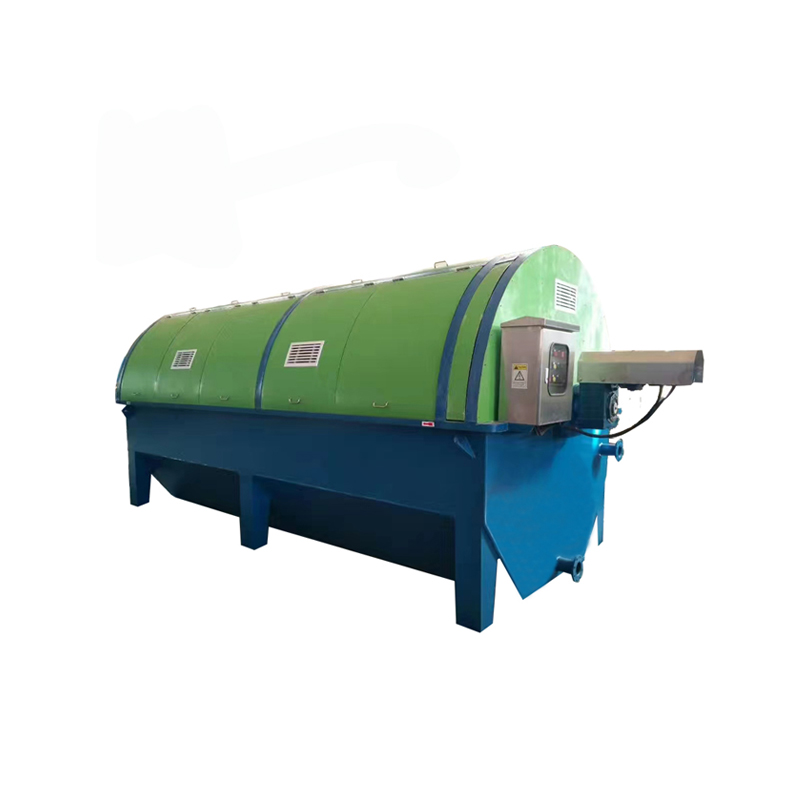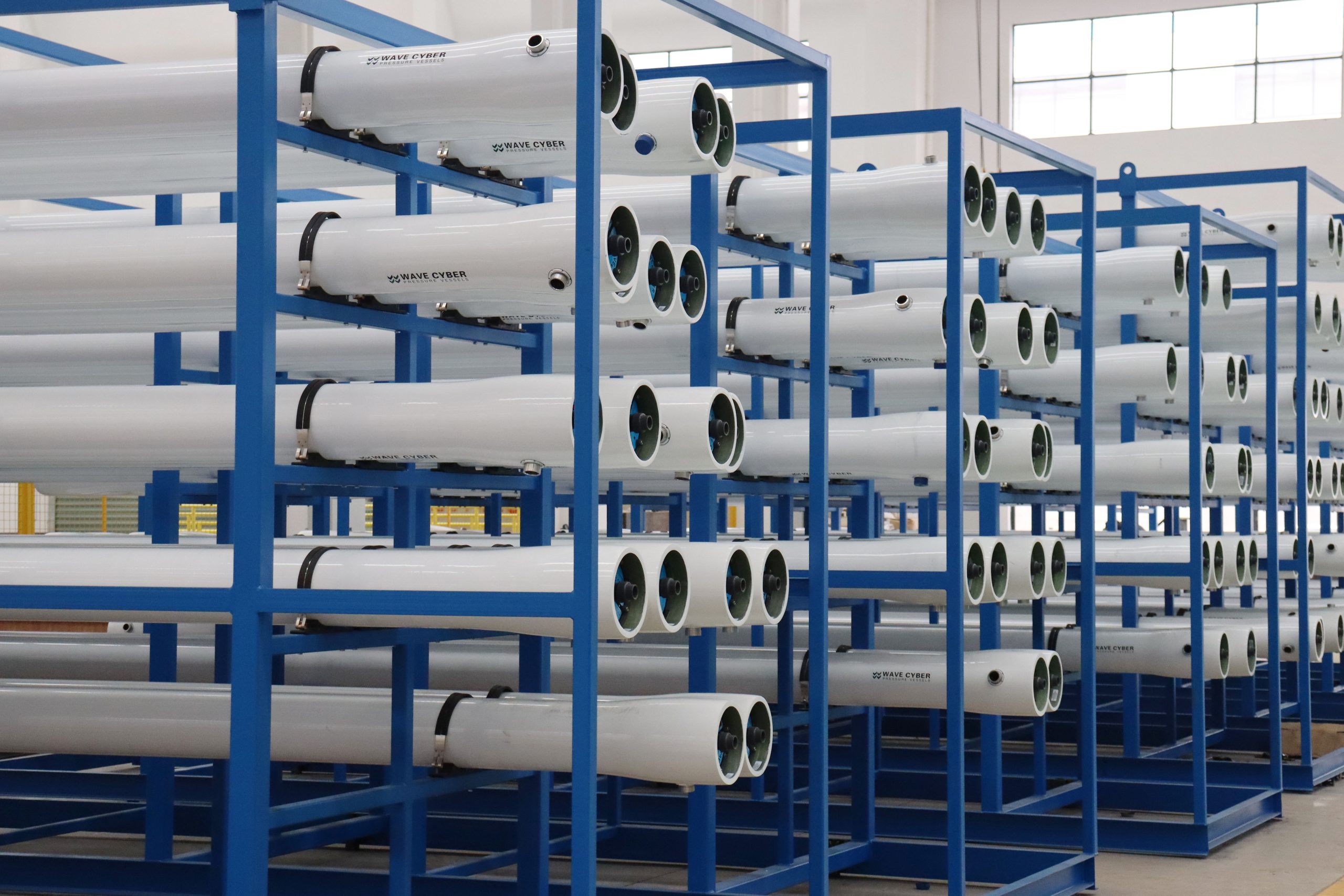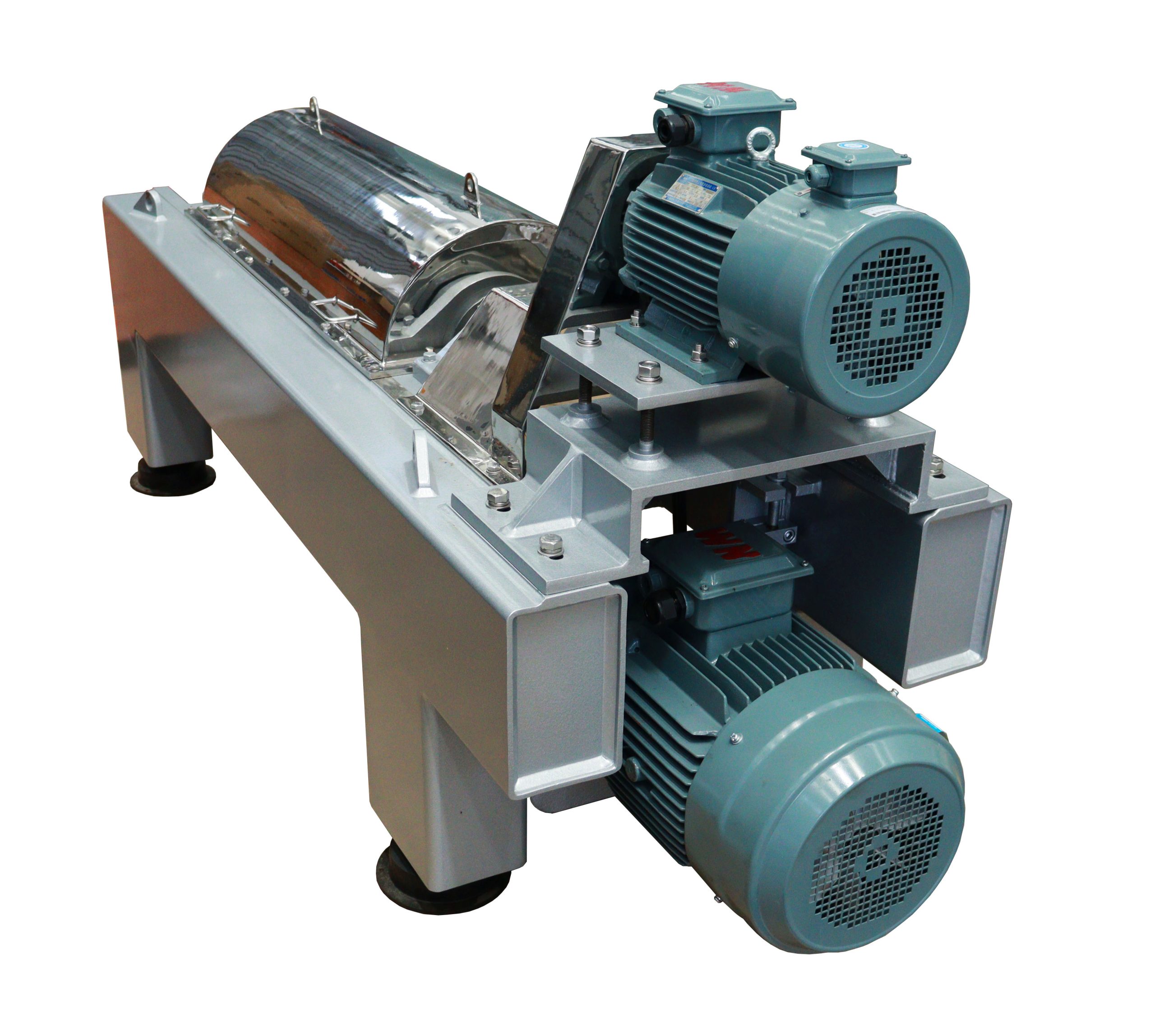Rotating Biological Contact (RBC) is a biofilm wastewater treatment technology, founded in the 1960s by the former Federal Republic of Germany. It is a biofilm wastewater treatment process developed on the basis of biofilters, also known as submerged biofilters. This treatment method utilizes bacteria and fungal microorganisms, as well as protozoa, to grow and breed on the carrier of the biological turntable, forming a membrane like biological sludge biofilm. After primary treatment in the sedimentation tank, the sewage comes into contact with the biofilm, and the microorganisms on the biofilm absorb organic pollutants from the sewage as nutrients, purifying the sewage.
Technological Process
As a sewage treatment reactor, the biological rotary table has the advantages of simple structure, safe operation, good treatment effect, convenient maintenance and management, and low operating costs, especially suitable for the treatment of small water volume and low concentration wastewater.
Biological Rotary Table Secondary Sewage Treatment

Figure 1 Basic Process Flow Diagram of Biological Rotary Table Sewage Treatment System
High concentration organic wastewater can be treated using the process shown in Figure 2, which can reduce the BOD value from thousands of mg/L to 20mg/L

Figure 2 Flow Chart of Biological Rotary Table Secondary Sewage Treatment
1.The sewage first flows into the first sedimentation tank (PST) to achieve pre sedimentation of some suspended solids. Accumulated sludge should be regularly removed.
2.After pre precipitation, the sewage flows into the first biological zone of the biological rotary table area and is degraded by microorganisms attached to the RBC membrane Partial BOD in water. The solid returns to the first sedimentation tank (PST) through the bottom groove; The treated sewage is transported to the second biological zone through a water extraction device for advanced treatment.
3.After being treated in the biological reaction zone, the effluent is precipitated and clarified in the final settling zone (FST) before being discharged.
Product composition
1.Disc: It is the main component of a biological rotary table, and as a carrier of biofilm, it has the characteristics of light weight, high strength, corrosion resistance, aging resistance, and large specific surface area; From the appearance, the disc can be circular, polygonal, and cylindrical in shape; From the perspective of the disk surface, there are flat, concave convex, corrugated, honeycomb, and mesh shapes, which are conducive to microbial growth and contact with wastewater; The disc usually requires a relatively light weight and is generally made of materials such as fiberglass, polyvinyl chloride, PP, etc; The diameter of the disc is generally 2.0m, 2.5m, 3.0m, and can reach a maximum of 3.5m. The spacing between the discs is generally around 30mm, and the high-density type can be around 10-15mm.
2. Contact oxidation tank: A water tank located directly below the rotary table, with a semi-circular cross-sectional shape. Generally made of steel plate or reinforced concrete, there are inlet and outlet mechanisms at both ends of the oxidation tank, and there are sludge discharge pipes and vent pipes at the bottom of the tank.
3. Rotary shaft: Made of seamless steel pipe, with a shaft length controlled between 5-7m.
4. Drive device: The biological rotary table is driven by an electric motor, which drives the shaft to rotate at the set speed through a reducer. The rotating speed is too high, the energy consumption is high, and the rotating shaft is prone to damage, causing premature detachment of the biofilm. Therefore, it is necessary to choose a suitable speed.
Working Principle
The circular disc is fixed vertically on the horizontal axis, with 20% -40% of the disc area submerged in water, and the driving device drives the rotary table to rotate. During the rotation process, the biofilm on the surface of the rotary table alternates with wastewater and atmosphere. When in contact with wastewater, biofilms adsorb organic matter in the wastewater and decompose it; When in contact with air, it can adsorb oxygen from the air and continue to oxidize the adsorbed organic matter. In this way, the biofilm on the disc alternately contacts with the wastewater and the atmosphere, cycling repeatedly, purifying the organic matter in the wastewater under the action of aerobic microorganisms (i.e. biofilm). The biofilm on the rotary disc also undergoes the process of membrane hanging, growth, thickening, aging and detachment, and the detached biofilm can be removed in the secondary sedimentation tank. The biological rotary table system not only effectively removes organic pollutants, but also has the functions of nitrification, denitrification, and phosphorus removal if operated properly.
Advantage
1.Compared with traditional activated sludge processes, the biological rotary process has the following advantages:
2.High treatment efficiency and good effluent quality: There are many types and concentrations of microorganisms on the biofilm, and each stage has advantageous species. Nitrifying bacteria can also grow, which has good nitrogen and phosphorus removal functions;
3.Strong impact load resistance: Strong adaptability to changes in influent water quality and quantity. Even if the influent water is stopped for a period of time, it will not pose significant obstacles to the purification function of the biofilm;
4.Low sludge production: The food chain of microorganisms on the biofilm is long, resulting in a small amount of sludge produced, which is about half of that of the activated sludge method;
5.Easy solid-liquid separation: Even if a large number of filamentous bacteria are produced, there is no sludge floating phenomenon in the secondary sedimentation tank;
6.Capable of treating low concentration wastewater: If the influent BOD5 is below 50-60mg/L, the flocculation of the activated sludge treatment system will deteriorate, resulting in low water quality. However, the biological disc treatment system can achieve good treatment results, reducing BODs to 5-10mg/L;
7.Low power consumption and operating costs: The biological rotary table does not require aeration and sludge reflux, saving 1/2 of the energy compared to the activated sludge method, greatly reducing daily operating costs;
8.Simple equipment, stable and reliable operation, easy maintenance and management; No issues with biomass regulation and sludge bulking;
9.Widely used: As long as it is organic wastewater with strong biodegradability, it is not limited by the amount of water and the level of pollution load
Parameters
| Model | Filter disc diameter | L(mm) | B(mm) | H(mm) | H1(mm) | H2(mm) | Qty of backwash pumps |
| LD-2 | 2200 | 2100 | 2800 | 2300 | 2360 | 3180 | 1 |
| LD-4 | 2200 | 2580 | 2800 | 2300 | 2840 | 3660 | 1 |
| LD-6 | 2200 | 3060 | 2800 | 2300 | 3320 | 4140 | 1 |
| LD-8 | 2200 | 3540 | 2800 | 2300 | 3800 | 4620 | 1 |
| LD-10 | 2200 | 4020 | 2800 | 2300 | 4280 | 5100 | 1 |
| LD-12 | 2200 | 4500 | 2800 | 2300 | 4880 | 5580 | 1 |
| LD-14 | 2200 | 4980 | 2800 | 2300 | 5360 | 6060 | 2 |
| LD-16 | 2200 | 5460 | 2800 | 2300 | 5840 | 6540 | 2 |
| LD-18 | 2200 | 5940 | 2800 | 2300 | 6320 | 7020 | 2 |
| LD-20 | 2200 | 6420 | 2800 | 2300 | 6800 | 7500 | 2 |





